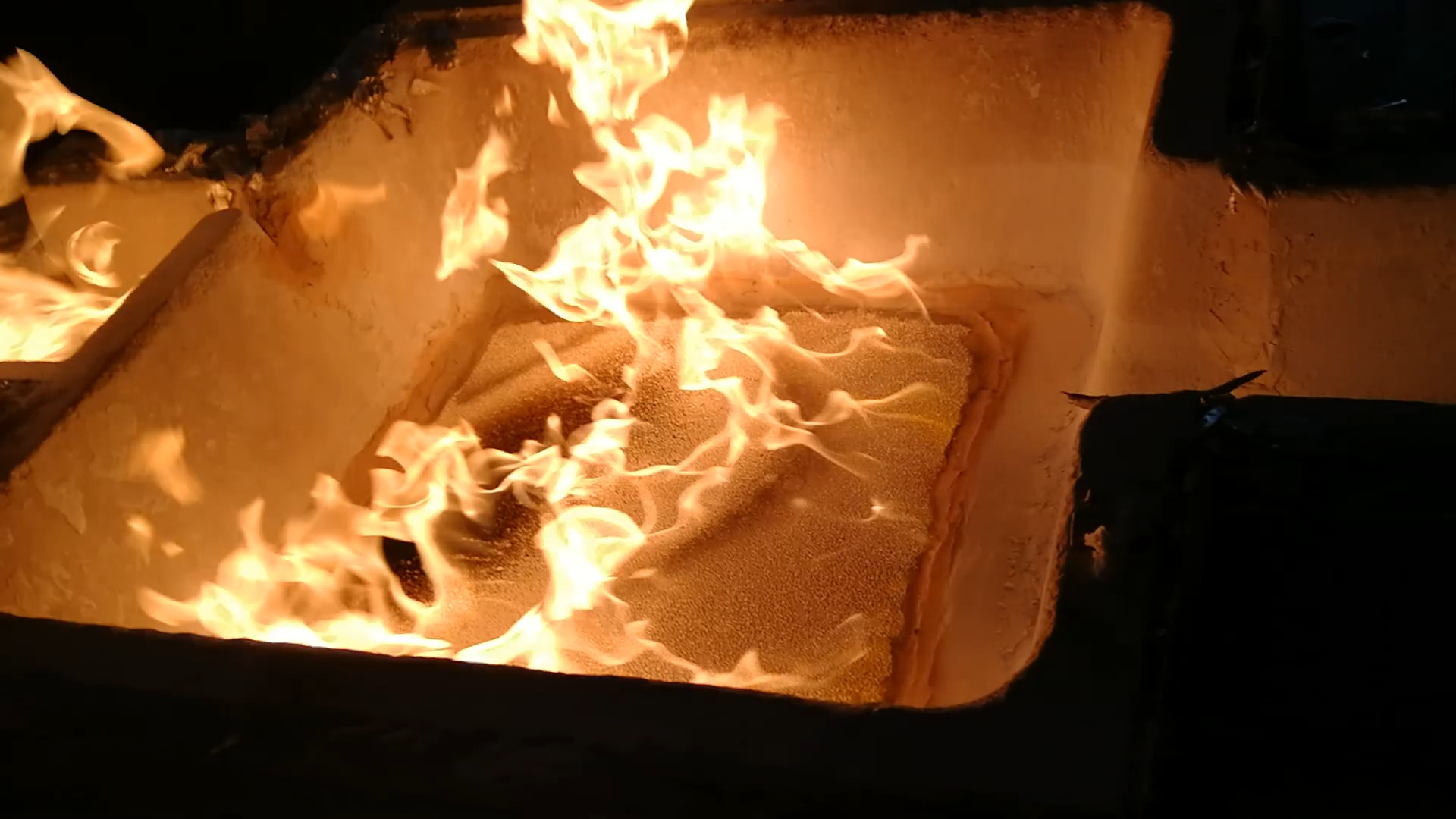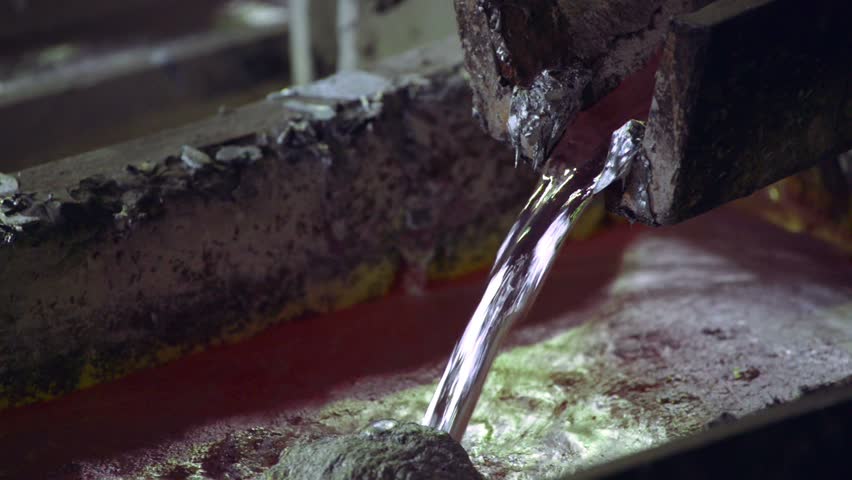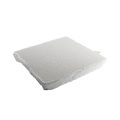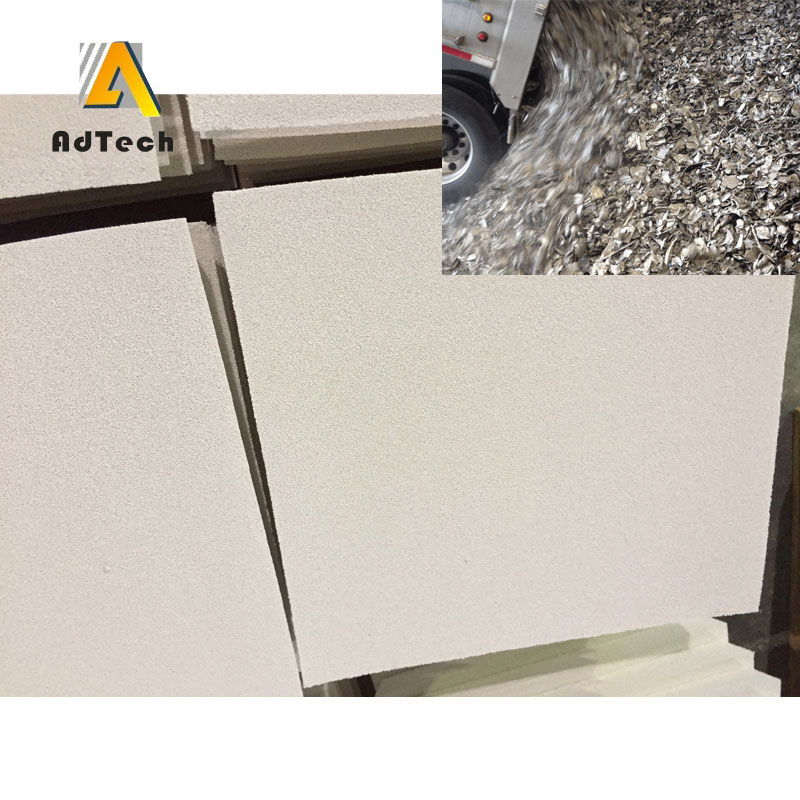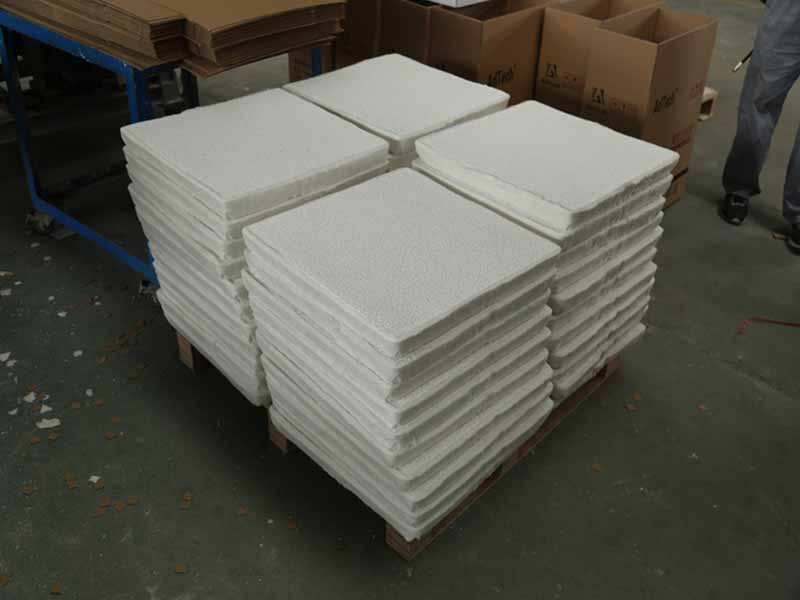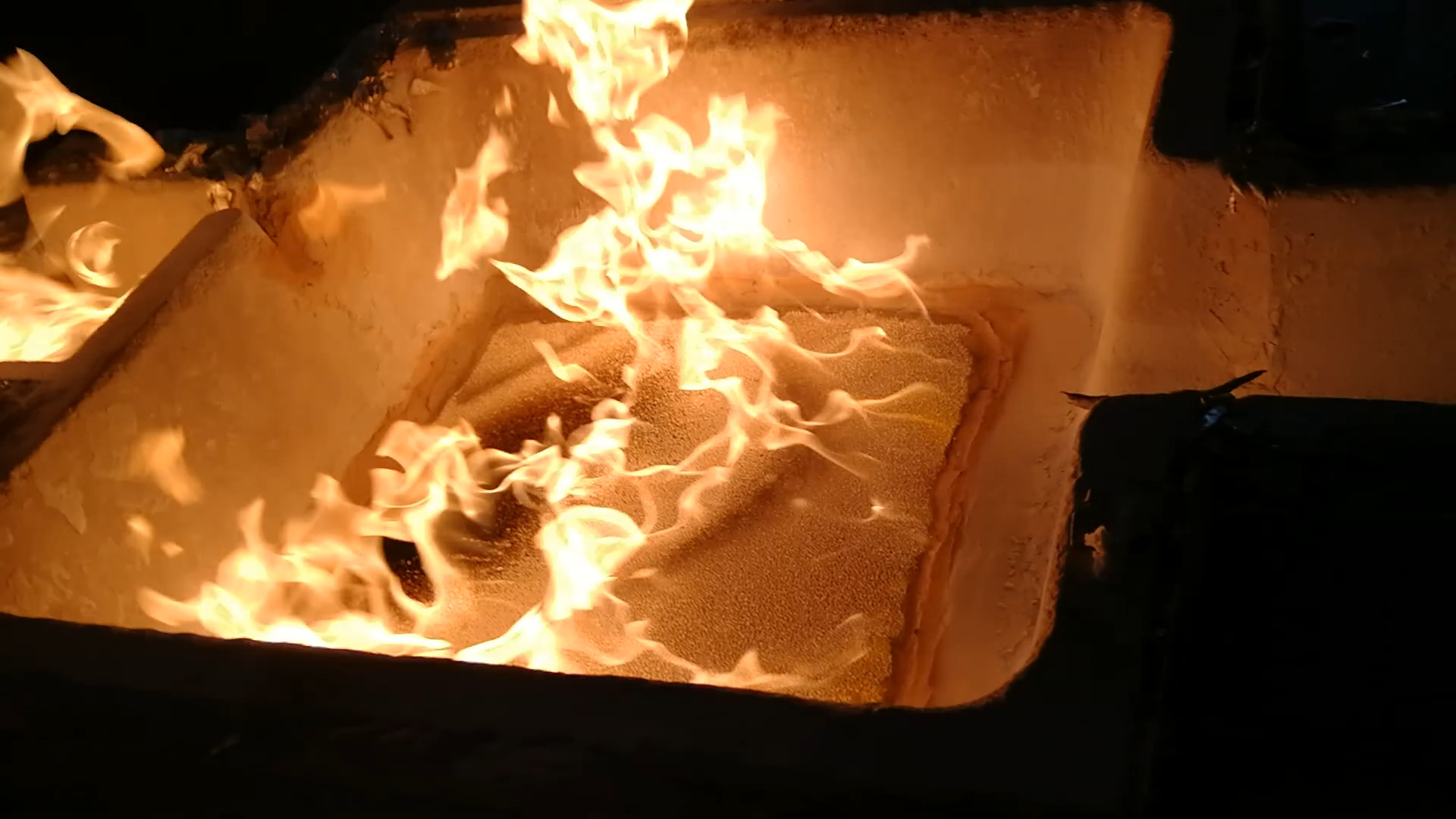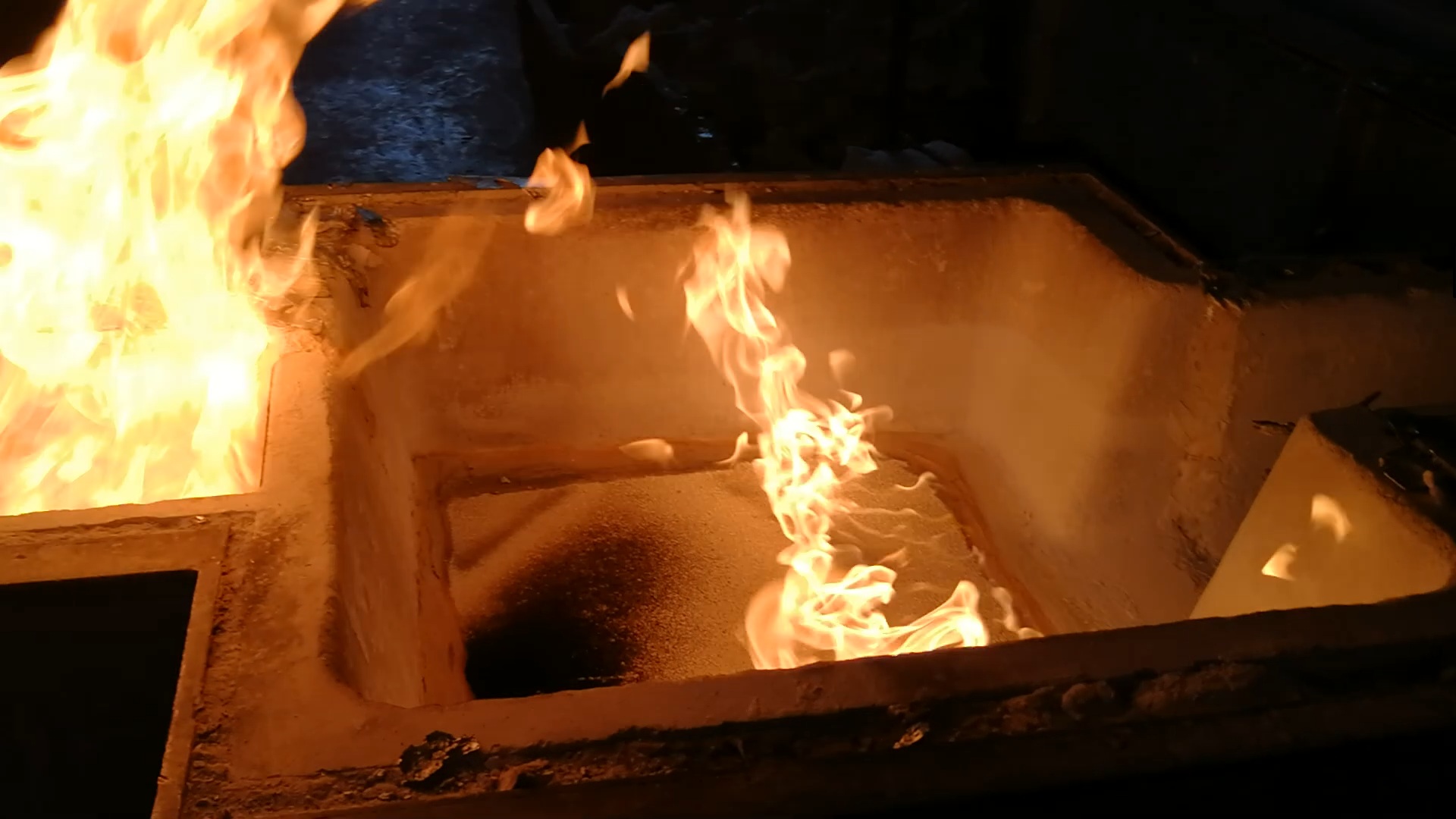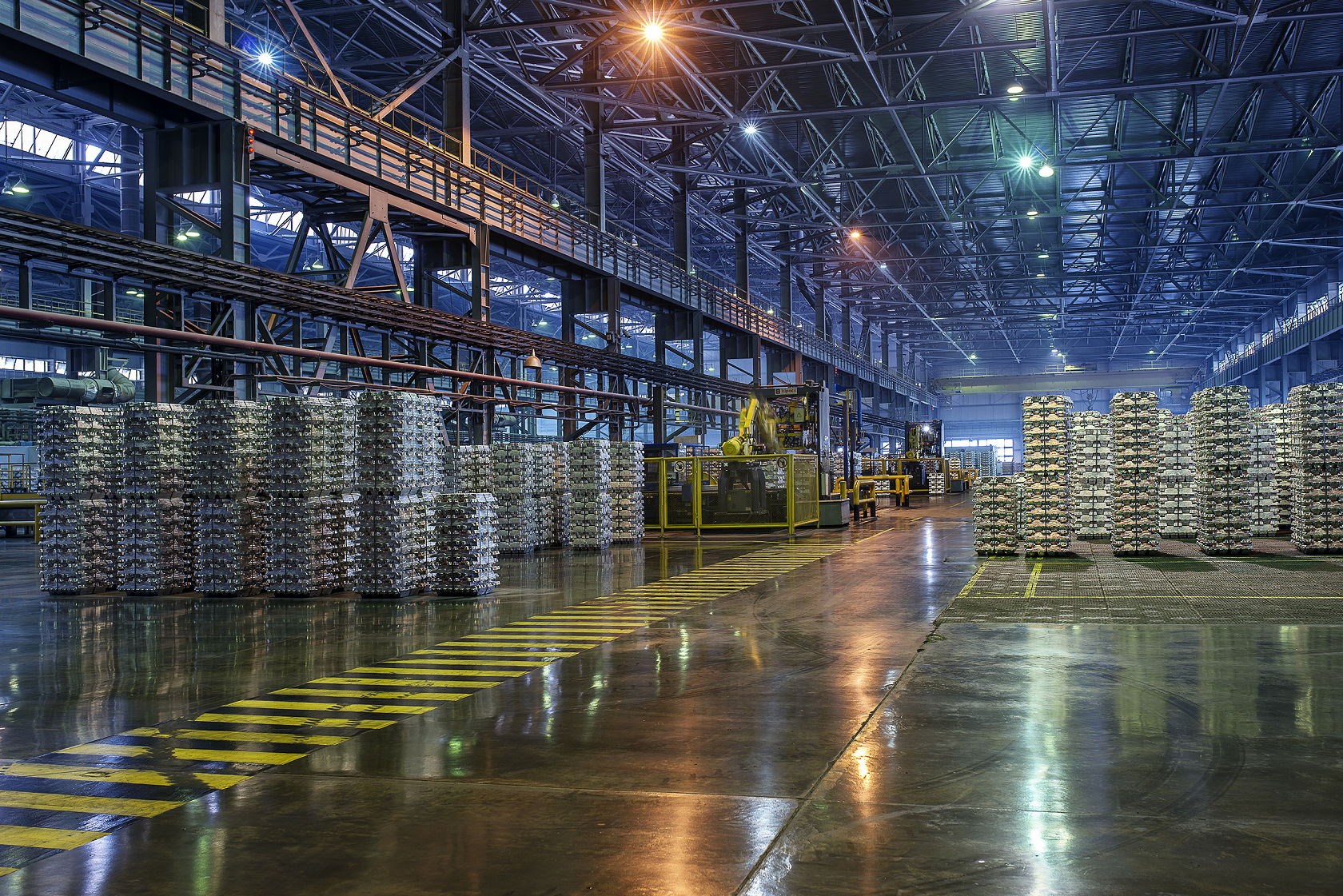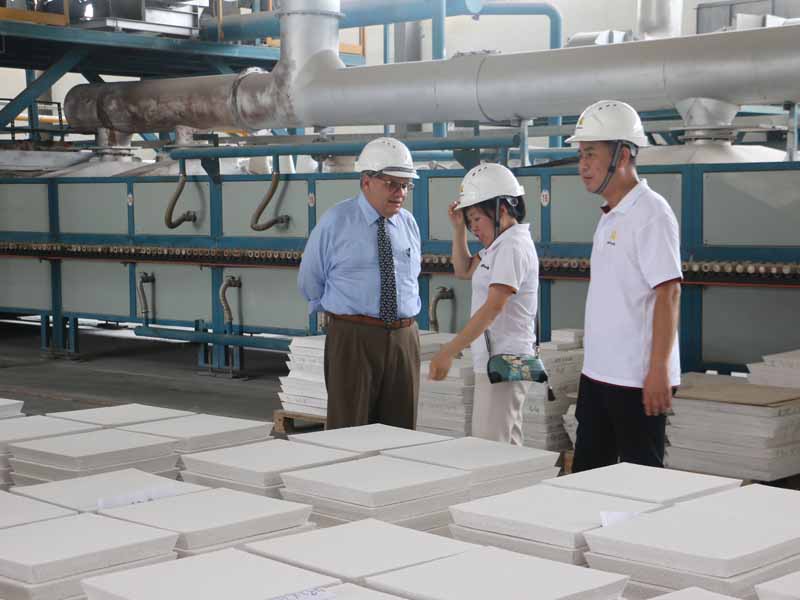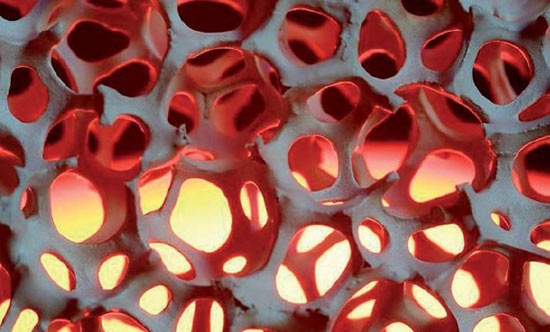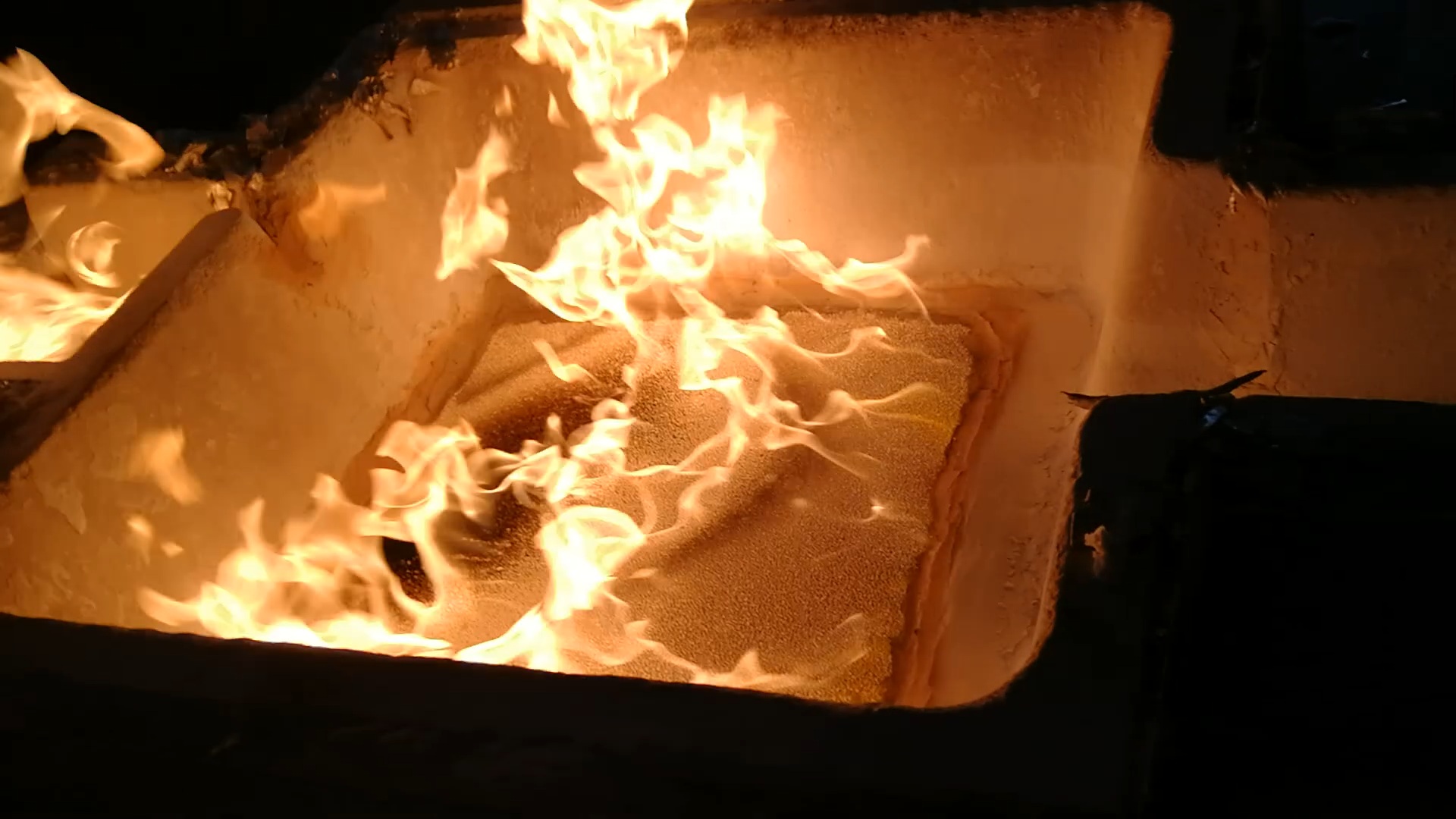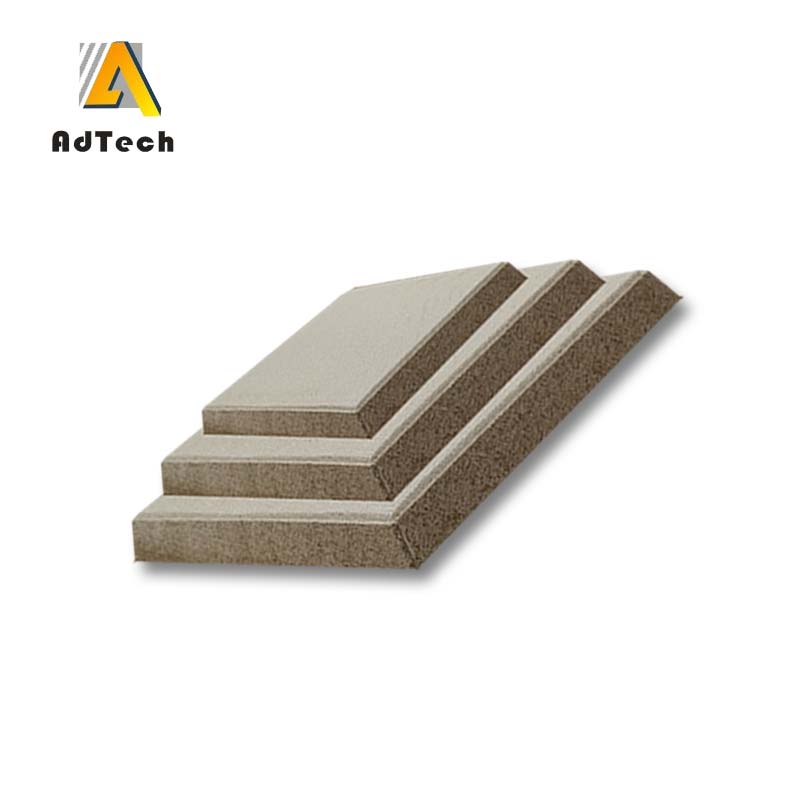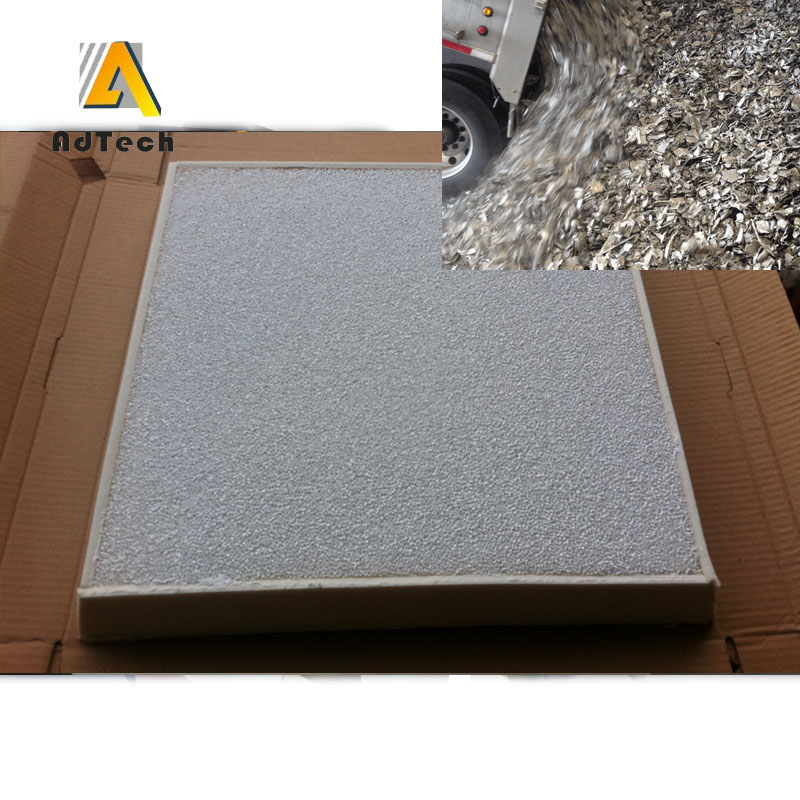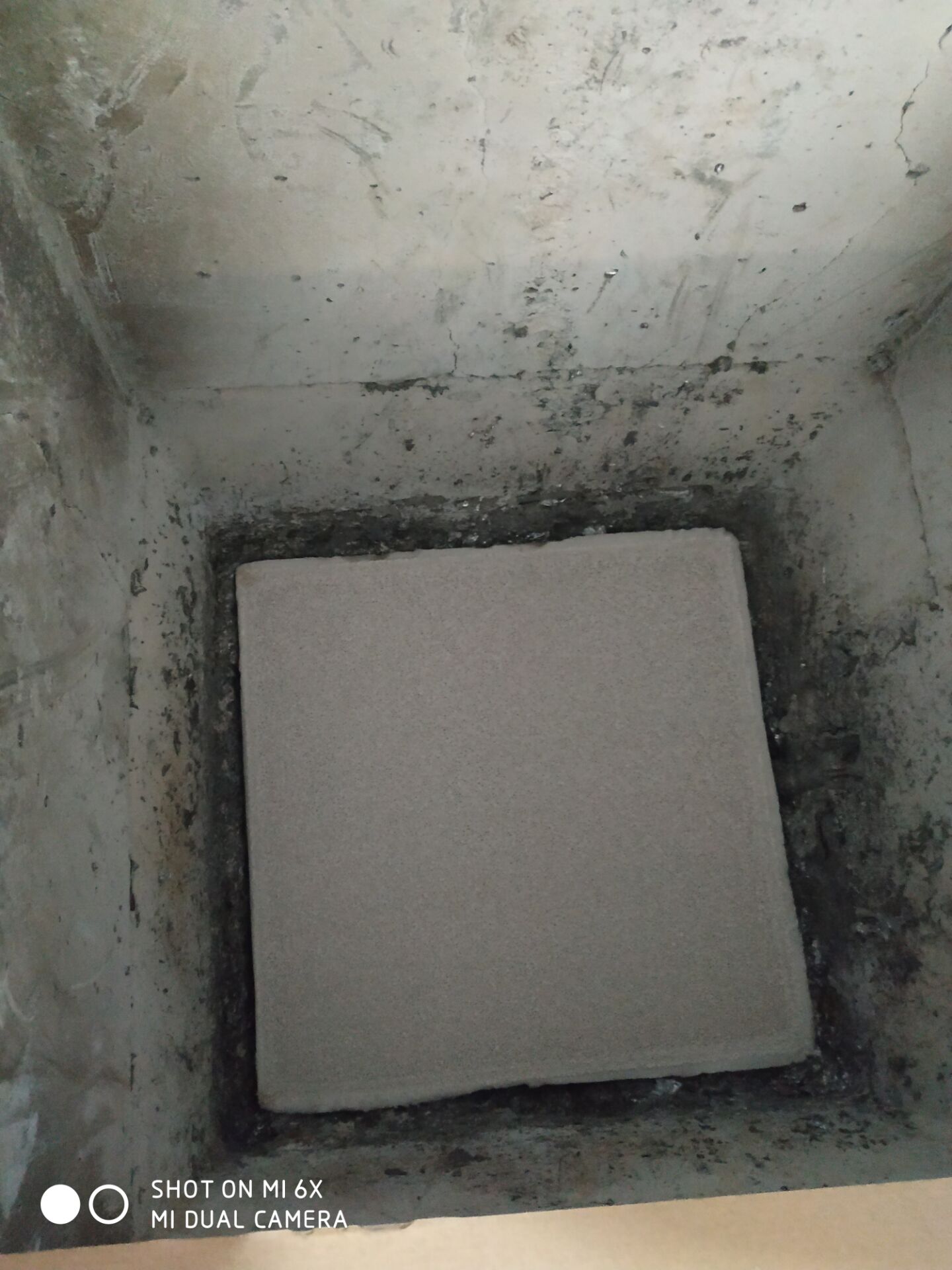Foundry Ceramic Foam Filter For Aluminium
The Manufacture Process of Foundry Ceramic Foam Filter For Aluminium
Foundry Ceramic Foam Filter For Aluminium uses a three-dimensional network structure and an organic foam sponge connected to the pores as a carrier, invading it into a special ceramic slurry with thixotropic properties, and adopting a special roll extrusion process to uniformly apply the ceramic slurry to the skeleton of the carrier.
Then, it is dried and solidified and then fired at a high temperature.
Foundry Ceramic Foam Filter For Aluminium Alloys Since the first research in 1978, foam ceramic filtration technology has developed rapidly.
Foundry Ceramic Foam Filter For Aluminium uses polyurethane foam as a carrier, immersing it in a coating made of ceramic powder, binder, sintering aid, suspending agent, etc., and then extruding excess coating to uniformly apply the ceramic coating to the carrier.
The skeleton becomes a green body, and the green body is dried and fired at a high temperature.
How to use Foundry Ceramic Foam Filter For Aluminium
1. Clean the filter box.
2. Gently put the filter plate into the filter box and press the sealing gasket around the filter plate by hand to prevent the aluminum liquid from flowing.
3. Evenly preheat the filter box and filter plate to bring it close to the temperature of the aluminum liquid. Preheat to remove moisture and facilitate initial transient filtration. Preheating can be carried out using electrical or gas heating. Under normal circumstances, it takes about 15-30 minutes.
4. Pay attention to the change of the aluminum hydraulic head during casting. The normal starting head is 100-150 mm. When the aluminum liquid begins to pass, the pressure head will drop below 75-100 mm, and then the pressure head will slowly increase.
5. During the normal filtration process, avoid knocking and vibrating the filter plate. At the same time, the launder should be filled with aluminum water to avoid too much disturbance of the aluminum water.
6. After the filtration is finished, remove the filter plate in time and clean the filter box.
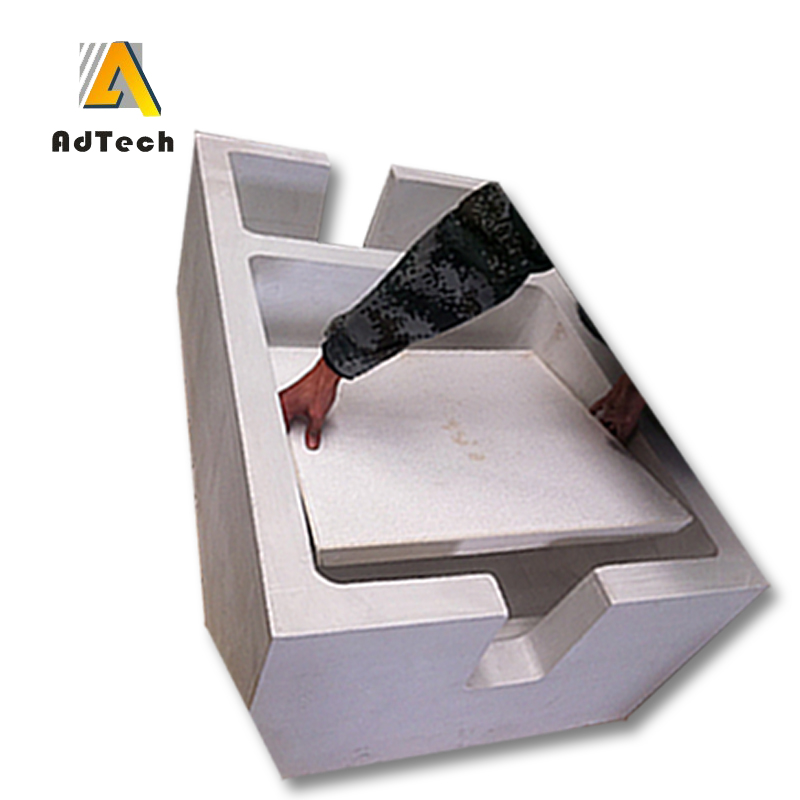
The Compressive Strength of Foundry Ceramic Foam Filter For Aluminium
In the process of transportation and use of the filter plate, the filter plate must withstand the impact of a certain pressure from the outside.
So the index of compressive strength is also introduced in the standard as one of the basis for measuring the quality of the filter plate. The higher the compressive strength, the more durable the product, the better the quality, and vice versa.
In this standard, the index of compressive strength is determined to be 0.5 MPa or more.
Thermal Shock Resistance of Foundry Ceramic Foam Filter For Aluminium
Thermal shock resistance refers to the resistance of foam ceramic filter plates to damage caused by rapid temperature changes.
During the use of the foam ceramic filter plate, we require the user to start the filtration when the filter plate is gradually preheated to the temperature of the filtered aluminum melt before use.
But some users do not follow this well when using it.
It is stipulated that after the filter plate is placed, the melt is filtered without preheating, so that the filter plate is required to have a certain thermal shock resistance.
The better the thermal shock resistance, the more durable the filter plate and the better the quality.
How to Choose the Foundry Ceramic Foam Filter For Aluminium
There are many impurities, and the quality of cast products is general.
Ceramic filter plates with larger meshes are available, and a glass cloth coarse filter is added in front of the filter plates.
At this time, semi-continuous casting is important for coarse filtration with a glass cloth.
It can intercept the slag from the opening of the eye and the slag washed out by the launder to prevent clogging of the filter plate.
The quality of aluminum casting products is high, and the new type of foam ceramics with large mesh size is selected.
The specification of the ceramic filter plate is determined by the flow rate and total throughput of the aluminum melt.
The color is pure and no impurity, indicating that the material is uniform; the hand is not sticky, indicating that the surface is not sprayed with adhesive, and
will not cause secondary pollution.

